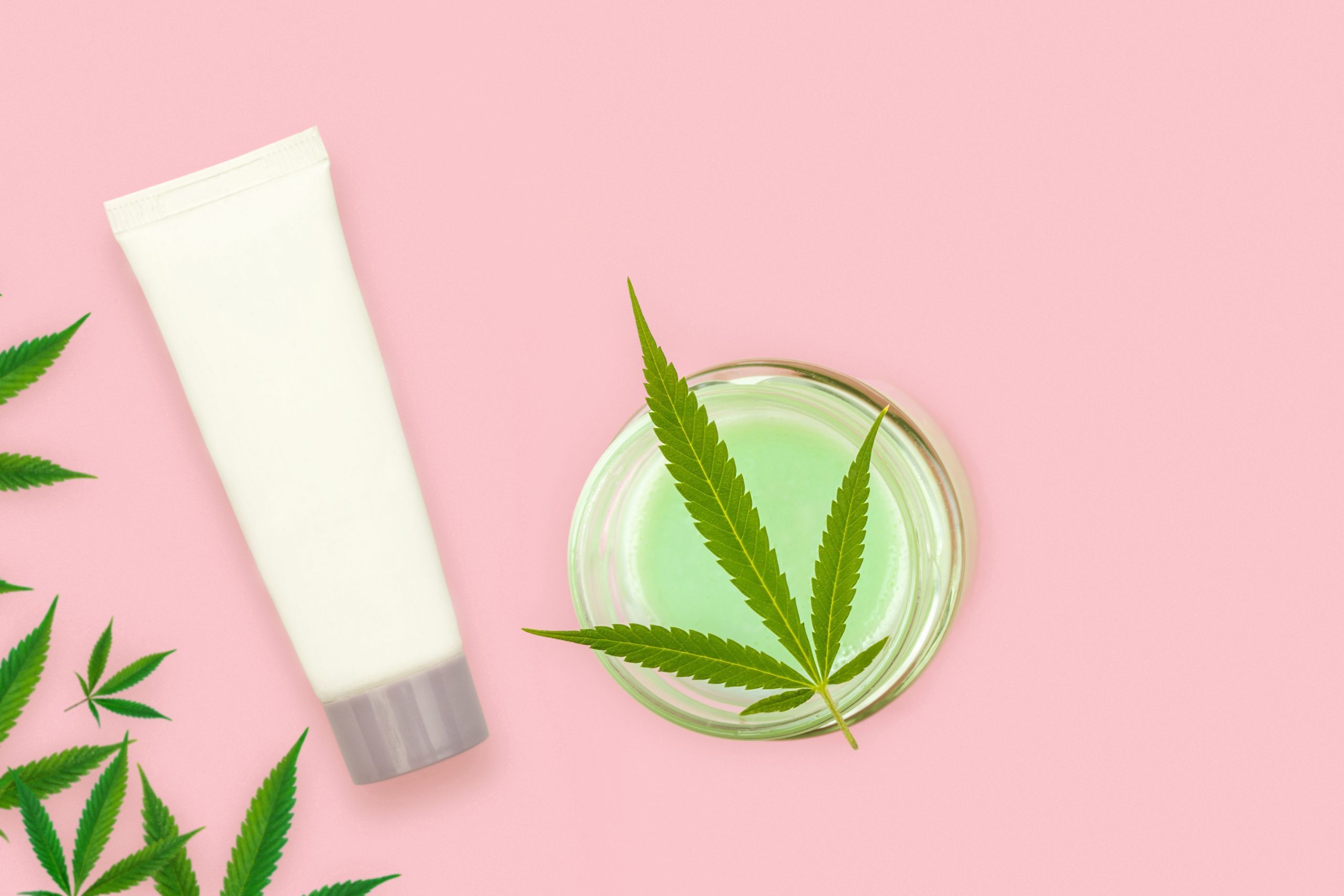
Written by Leslie Clary
Cannabis topicals are quickly becoming known for their ability to soothe sore muscles and relieve pain from arthritis, fibromyalgia and other inflammatory illnesses. In some states, cannabis-themed spas are popping up to offer infused mud masks, salt scrubs and massages. Many people who have tried these topicals find them superior to over-the-counter medications currently available in drug stores.
Topicals are basically ointments and salves administered onto the skin. Our skin is the body’s largest organ and will absorb whatever is put on it. Many areas of the human skin, such as hair follicles, sweat glands and fiber bundles, contain both CB1 and CB2 receptors, according to a study, titled “TRP Channel Cannabinoid Receptors in Skin Sensation, Homeostasis and Inflammation” published in the scientific journal, ACS Chemical Neuroscience. What this means is that the chemical compounds we find in cannabis can have a direct effect on these receptors, while at the same time, they don’t pass directly into the bloodstream. The user can benefit from the medicinal pain-relieving properties of cannabis without the high commonly associated with its use.
If you live in a state that permits a medical garden, you might want to consider making your own topicals. If you are growing for your own use, you can make powerful topicals with the trim from your plants. For stronger concoctions, use the entire plant, including the top buds.
 The beauty of cannabis is that whatever strain you use, you’ll reap benefits. Plus, you’ll have the satisfaction of knowing the product you put on your skin is pure, because you made it yourself.
The beauty of cannabis is that whatever strain you use, you’ll reap benefits. Plus, you’ll have the satisfaction of knowing the product you put on your skin is pure, because you made it yourself.
However, there are some things to consider as some strains might be better than others for creating topicals.
More research emerges daily about the importance of both CBD and THC in pain management. In extracts, a CBD:THC ratio of 1:1 seems to be most therapeutic. In part, this is because the CBD counteracts some of the negative effects (paranoia, confusion, etc.) that a high THC count can produce. Since topicals don’t enter the bloodstream, this is not as much of a concern as it is with edibles. At the same time, it shouldn’t be overlooked; topicals with higher CBD:THC ratios may offer more therapeutic relief than others.
There are two ways you can do this. If you are using a plant with a high THC count, you can supplement it with a CBD oil or by making your own infused oil with a plant that has a higher CBD count such as Charlotte’s Web or Cannatonic, and then blending the two. You might have to test a few batches before you find the right measurements.
You can also grow a strain that has both. Michele, creator of Dabba pain relief, says if you only have a small area, Harlequin is a good choice because it grows small and bushy and doesn’t require as much room as some other strains. But, she adds, “Suzy Q is my favorite plant for topicals. Suzy Q has about 30 percent CBD in a plant.” Another strain Michele recommends is ACDC.
Nancy Vincent, CEO of Patients-4-Patients in Reno, Nevada, on the other hand, says she’s more inclined to use several strains in her CannaGrams salve. “Normally it’s a hybrid,” she says. “A bit of a mish-mash. My edibles are more strain specific, but for topicals I tend to use whatever is on hand.”
Whatever strain you decide to use, something magical happens when you step into the kitchen and whip up your own creation, whether that’s food or a lotion to put on your skin. The ingredients you choose and the process you use to put them together all make the outcome unique. It also connects you to an ancient lineage of healers who have used cannabis and other medicinal herbs in their potions and brews for centuries.



How long do you boil the buds, and do you add the leaves to this? This is for salves for soreness and arthritis.